
TEDPIX Near 4-Year High
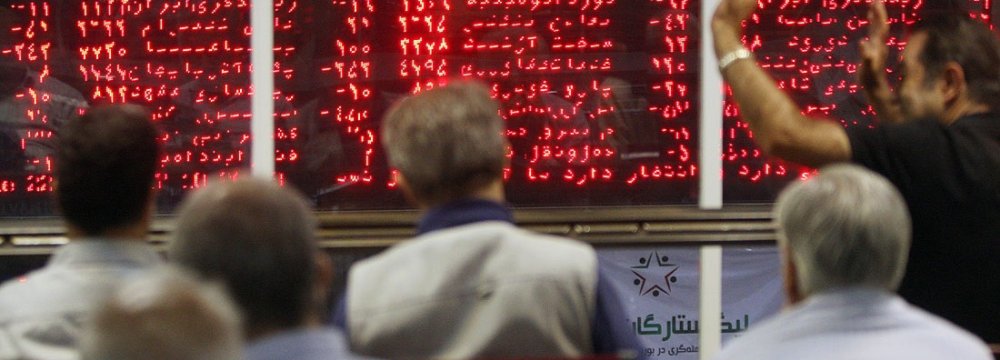
The benchmark index of the over-the-counter market Iran Fara Bourse scored 69 points or a staggering 7.3% in the same month to close at 1,012.
TEDPIX is a few hundred points short of the 89,500.6 mark notched on Jan. 5, 2014, to stand at an all-time high.
The first two weeks of the month each boosted TEDPIX by about 1% and Aban’s last trading day saw the index zoom ahead by 513.4 points after two lackluster weeks.
IFX also had an impressive month, as it constantly extended its all-time high record and eventually pushed beyond the 1,000 mark on Nov. 18. The benchmark index has been posting new highs ever since early March, when it first broke past the 900 level.
Over 18.8 billion shares valued at $998.6 million were traded on TSE over the past month, with the number of traded shares and monthly trade value growing by 26.3% while trade value dropped 8.3% compared to the month before.
TSE's First Market Index gained 2,260 points or 3.8% during the month to stand at 62,475.8. The Second Market Index added 1,549 points or 0.8% to reach 192,129.9.
At IFB, more than 6.6 billion securities valued at $1.36 billion were traded, indicating a 7% drop in traded shares and 25% growth in trade value.
More than 695 million securities worth $35.1 million were traded in IFB's First Market, registering a 73% and 81% downturn in the number of traded shares and trade value respectively. Over 1.64 billion securities valued at $133.2 million changed hands in the Second Market, registering a 22% and 34% drop respectively.
Over 41 million debt securities valued at $975.5 million were traded at IFB, up 65% and 69% in volume and value respectively. Exchange-traded funds’ trade also stood at 202 million valued at $61 million, growing 81% and 79% respectively.
> Refineries Take Lead
Despite their opaque financial condition, refineries were the main driving force behind TEDPIX’s growth in Aban. The “oil refineries” index jumped from 272,866 at the beginning of the month to 319,533, recording a 14.6% jump.
Over half of TEDPIX’s growth for the month was brought about by spiking refinery stocks.
According to Donya-e-Eqtesad, rising oil prices and a devaluing rial against the US dollar were the main factors tempting investors to go for refineries’ stocks. This is while more systematic factors such as the yet undetermined feedstock prices and consequently producers’ profit margins remain hazy.
Coupled with the companies’ historical reluctance to post their financial data on a timely basis, the industry’s fate will eventually be determined by rumors and short-term traders.
> Gold Overtakes Stocks in Returns
The Azadi Gold Coin recorded a 17.1% return on investment in the eight months of the current fiscal year (March 21-Nov. 21), breaking past the stock market’s ROI so far this year.
The gold coin started the year at 11,710,000 rials and grew up to 13,530,000 rials by the end of Aban. It scored a large chunk of its gains in Aban as it grew by 6.9% during the month. This is while gold ROI barely reached 2% in H1 and was at 7.29% by the end of the seventh month.
Stocks came second, as both TEPDIX and IFX’s eight-month ROI stood at 14.9% and 15.1% respectively.
The US dollar came next, as it started the year at 37,480 and reached 40,940 in eight months to record a 9.23% ROI. The greenback bagged some of its most significant gains against rial in Aban by growing 2.06% or 830 rials.
The euro recorded much more significant fluctuations compared to USD. It was up 18.19% for the eight-month period to 48,600 rials. It also had a 1.52% jump against rial in Aban.
Much of Iranian businesses’ transactions are done in euros, considering that US secondary sanctions on banking relations with Iran are still in place, barring banks from working with the country in dollars, although official government trade such as crude exports are still done in USD, giving more prominence to the currency.
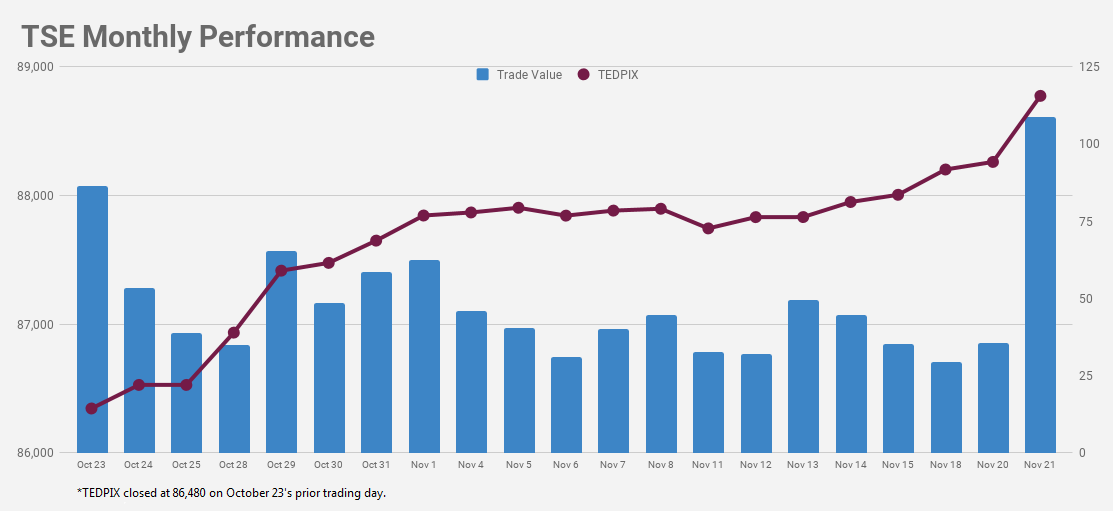
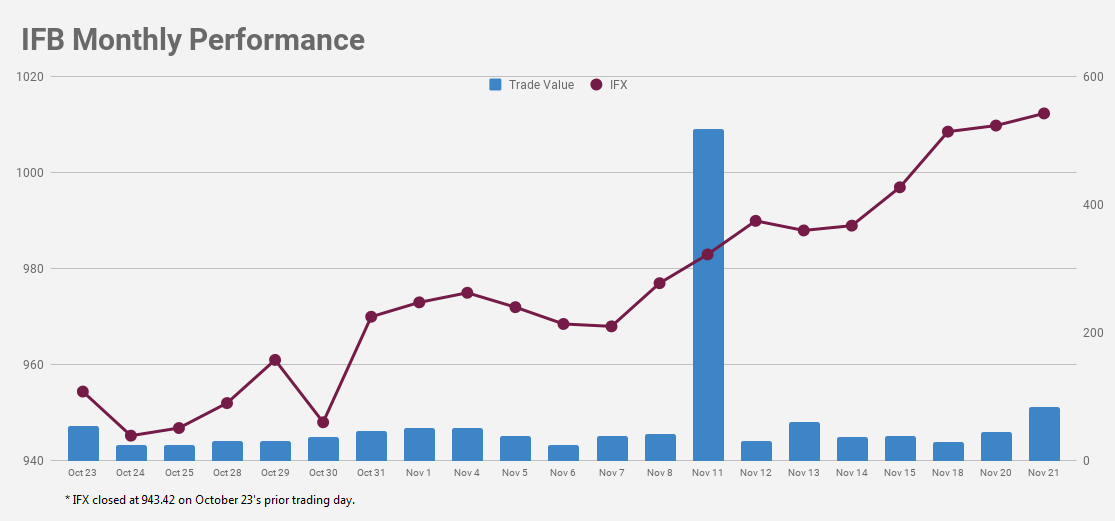


Caterpillar sees US tariff hit of up to $1.5 billion this year

Australia pledges $87M to rescue Trafigura’s Nyrstar smelters in critical minerals push

SAIL Bhilai Steel relies on Danieli proprietary technology to expand plate mill portfolio to higher steel grades

Alba Discloses its Financial Results for the Second Quarter and H1 of 2025

Fortuna rises on improved resource estimate for Senegal gold project
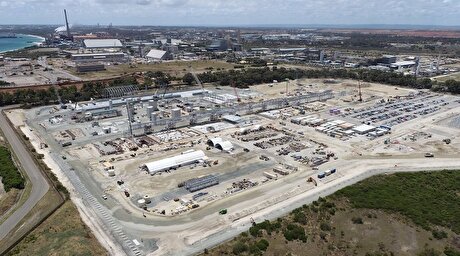
Tianqi Lithium Australia JV says it is prioritizing long-term viability of refinery

Fresnillo lifts gold forecast on strong first-half surge

Copper price slips as unwinding of tariff trade boosts LME stockpiles

Why did copper escape US tariffs when aluminum did not?
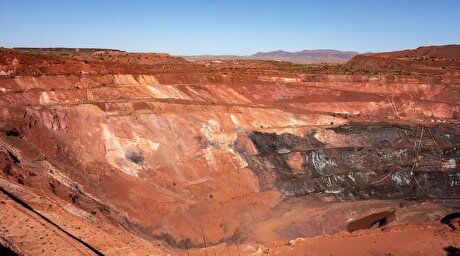
New research reveals source of world’s richest lithium deposits

Century Aluminum to invest $50M in Mt. Holly smelter restart in South Carolina
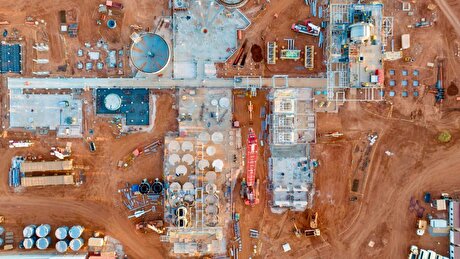
Australia to invest $33 million to boost Liontown’s Kathleen lithium operations
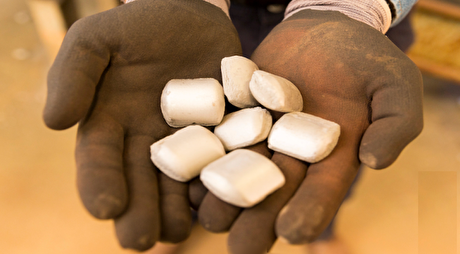
Glencore warns of cobalt surplus amid DRC export ban
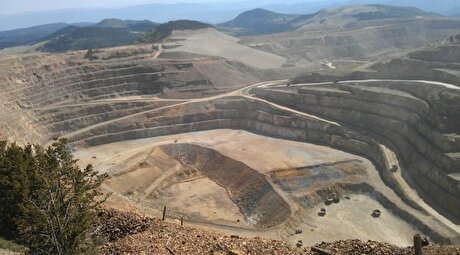
SSR Mining soars on Q2 earnings beat

A Danieli greenfield project for competitive, quality rebar production

China limits supply of critical minerals to US defense sector: WSJ

Alba Hits 38 Million Safe Working Hours Without LTI

Advanced cold-rolled strip for China’s New Energy Vehicle market

Codelco seeks restart at Chilean copper mine after collapse

Century Aluminum to invest $50M in Mt. Holly smelter restart in South Carolina

Australia to invest $33 million to boost Liontown’s Kathleen lithium operations

Glencore warns of cobalt surplus amid DRC export ban

SSR Mining soars on Q2 earnings beat

A Danieli greenfield project for competitive, quality rebar production

China limits supply of critical minerals to US defense sector: WSJ

Alba Hits 38 Million Safe Working Hours Without LTI

Advanced cold-rolled strip for China’s New Energy Vehicle market

Codelco seeks restart at Chilean copper mine after collapse














